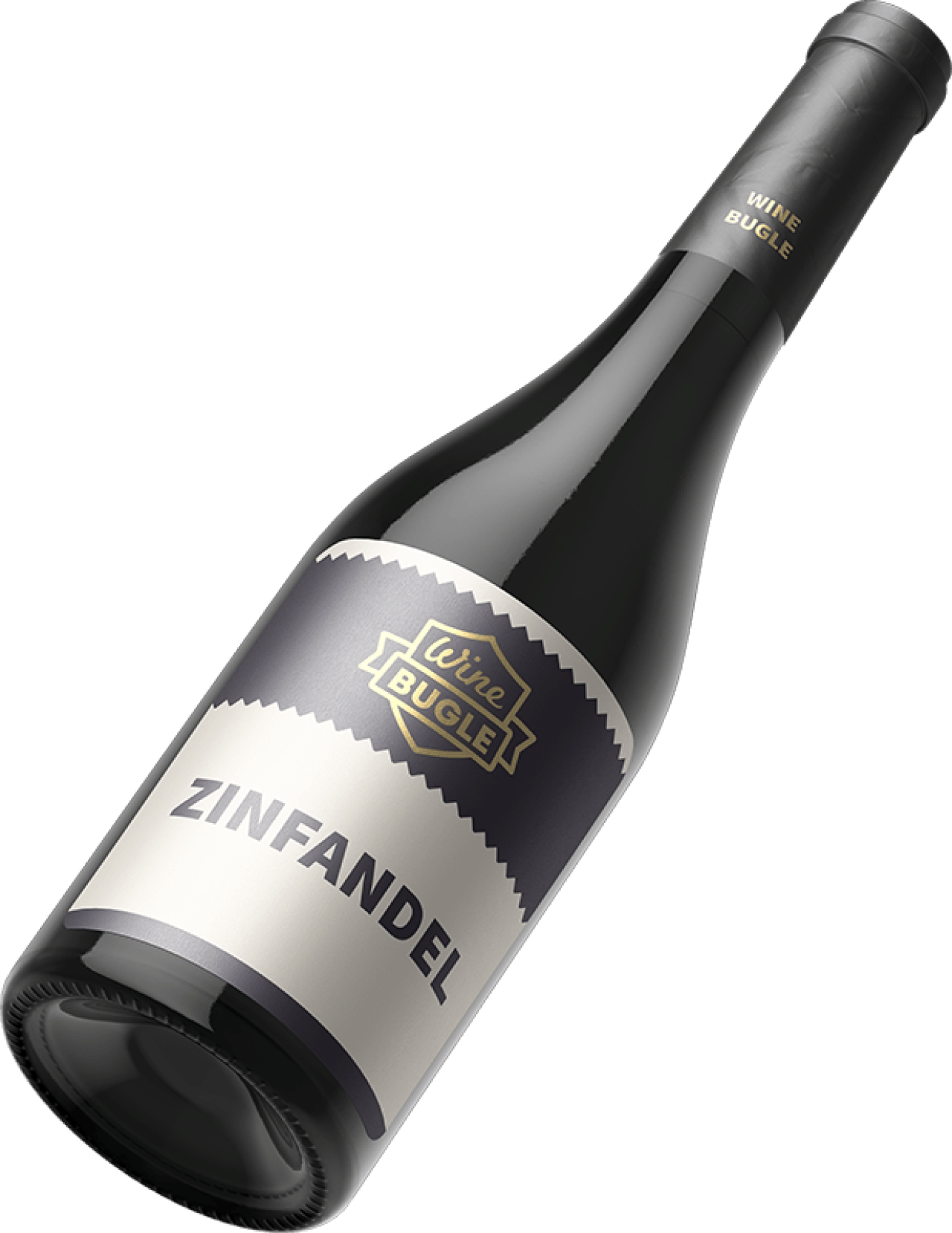Origins of Zinfandel
Zinfandel is a black grape variety of European origins, widely cultivated in the United States and widespread especially in the Napa and Sonoma wine regions.
In California, where Zinfandel has been cultivated for almost one hundred and fifty years, it has always been claimed as a native grape. But the first plant arrived in the United States in 1829 probably from the imperial greenhouses in Vienna.
After a series of research and comparisons, in the 1990s a leading scholar from the Davis Viticulture Department performed genetic tests and confirmed that Zinfandel and the Italian Primitivo grape are identical. Further investigations into the DNA of these grapes led to their origin in Croatia.
Both Primitivo and Zinfandel derive from the abandoned Croatian vine Crljenak Kaštekanski. Probably this vine, widely cultivated in Croatia in ancient times, had started from there and had then taken off for the American adventure through Austria. A Croatian, perhaps a monk, had instead emigrated to Puglia taking it with him. In Croatia, however, where it had always been cultivated, a disease, almost certainly the terrible phylloxera, had killed almost all the plants, leaving some survivors that made it clear that Zinfandel and Primitivo are genetically identic. The grapes are however distinguished by their vigor and the size of their bunch. The terroir as well as the specific microclimates of California do the rest in giving Zinfandel a unique aromatic profile and character.
Zinfandel is vinified both in white and red and can produce a wide variety of wines.
Where it is grown
Zinfandel is the most characteristic red grape of California where it represents over 10% of the cultivated vineyards.
It is grown throughout the American Viticultural Area of California, although it appears to perform better in regions where warm days alternate with cool nights, such as Napa Valley, Dry Creek Valley, Russian River Valley, or Lodi.
With the name Primitivo, it is widespread in Southern Italy and more precisely in the Puglia region, while in Croatia it is known as Crljenak Kastelanski. It loves warm climates and is also widespread in South America.
Flavor and Style
There is no single character that can be associated with this grape. Zinfandel can produce light rosé wines called White Zinfandel, characterized by sweet hints of fresh red fruit, up to bold, full-bodied, intense, and fruity wines with a peppery aftertaste and notes of small fruits similar to Cassis.
The most important characteristic of Zinfandel is certainly its very high alcohol content (it can exceed 17 degrees).
When vinified in red, Zinfandel gives wines with a very dark color and an intense and complex olfactory ensemble. The nose has aromas of black currant, cherry, blueberry jam, spices, and licorice. It has a marked acidity and can also be suitable for long aging. After vinification, these wines are often aged in American oak, which gives them a sweet note of vanilla.
Zinfandel food pairings
Rosé Zinfandels are particularly popular with light cheeses, and Asian or Latin and Mediterranean cuisine based on tomato sauces. Full-bodied wines that reveal the spicy nature of the grape and offer a long finish are perfect with burgers, grilled sausages (or anything bbq'd really), lamb chops, prime rib and pork.
